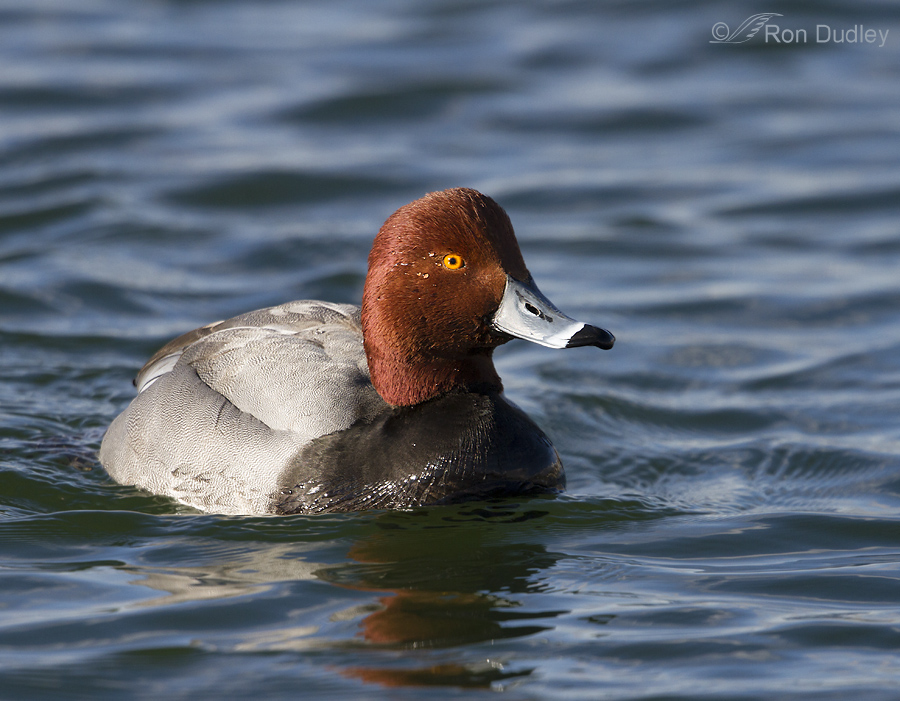Tag: tripod
Swainson’s Hawks In Different Types Of Light
It goes without saying that light angle, intensity and warmth can have huge effects on an image, both positive and negative. I thought it might be interesting to see the effects of different types of light on the same species – in this case, Swainson’s Hawks. 1/160, f/6.3, ISO 640, 500 f/4, 1.4 tc, natural light, not baited, set up or called in Here, the sun was low and the light warm. The light was directional (side lighting the bird) but it worked pretty well because the darker parts of the bird are in the direct light. The head angle is just right for this pose – if the head were angled any more toward me I’d have lost the catch light and light on the face. If it were turned any more away from me I’d have lost good eye contact. 1/1250, f/5.6, ISO 640, 500 f/4, 1.4 tc, natural light, not baited, set up or called in Like in the previous image, this hawk is side lit. The difference is that the bird has its light, creamy colored belly facing the sun so the whites, though they’re not blown out, are a tad too bright and lacking detail. 1/2000, f/6.3, ISO 500, 500 f/4, natural light, not baited, set up or called in I took this image a little later in the morning, so the light wasn’t so warm and at that angle enough of it is reflecting up from the ground to give me sufficient detail in the shaded, dark brown plumage…
How I Photograph Birds
Tripod shooting at the Great Salt Lake wetlands Tripod shooting is certainly not my typical method of photographing birds. My best estimate is that less than 10% of my bird photography is from a tripod. When circumstances demand it however there’s simply no substitute for a sturdy but relatively lightweight tripod and a gimbal style head, especially for shooting birds in flight with my large, heavy lens. Some folks are able to hand hold this lens for hours on end and get spectacular results. I can’t, partly due to back problems. Lens Cart Because of back problems I can’t carry my heavy lens, camera body, tripod and associated gear further than about a mile. To help solve that problem I came up with this lens cart. It’s a pull-type golf cart that I modified to be able to carry my heavy 500mm lens with attached body in the pack and my tripod with Wimberly head attaches under the “tongue” of the cart. There’s room in the pack for other assorted gear and I often hang a water bottle and extra body with my 100-400mm zoom to the pack. It’s very light and pulls effortlessly. The wheels are large enough to handle fairly rough terrain. The main limitation of this outfit is that it can’t negotiate tall vegetation or narrow paths between trees. Without this cart some of my favorite birding spots would be unavailable to me. My typical method of photographing birds This is how I do most of my shooting – from…


